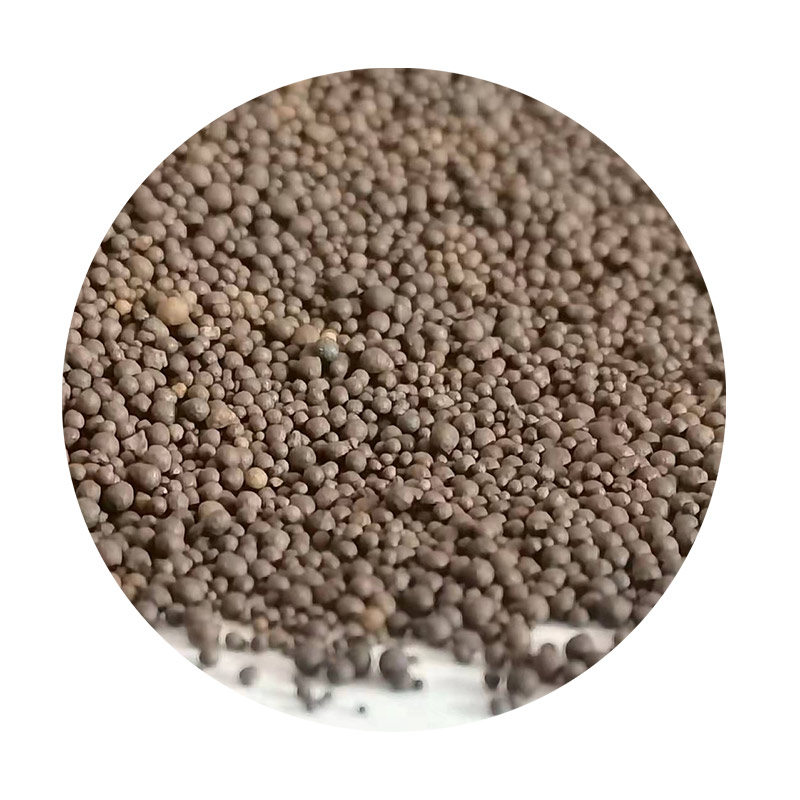Advantages of Lost Foam Casting
Lost foam casting (LFC) is a specialized form of investment casting that has gained traction across various manufacturing industries due to its numerous advantages. This method involves creating a foam pattern that is coated in a ceramic material. The foam is then heated, which evaporates it, leaving a cavity that takes the shape of the desired part. This innovative casting technique offers a range of benefits that make it an attractive option for manufacturers.
1. Design Flexibility
One of the primary advantages of lost foam casting lies in its design flexibility. Traditional metal casting processes often require complex tooling that can be both time-consuming and expensive to create. In contrast, LFC allows for the easy production of intricate designs without the need for extensive tooling. Since the foam patterns can be created using simple techniques such as CNC machining, 3D printing, or even manual carving, engineers can easily modify designs and quickly adapt to changing specifications. This capacity to produce complex geometries means that manufacturers can design parts with optimized shapes for performance and weight, leading to more efficient products.
2. Reduced Lead Time
LFC significantly reduces lead time during production. The simplification of molds and patterns translates to shorter setup and manufacturing times. Because the foam patterns are lightweight and easy to handle, the process requires less labor, which speeds up production further. This swift turnaround is particularly advantageous for industries that need to respond quickly to market demands, such as automotive and aerospace. Additionally, the ability to iterate designs rapidly means that teams can go from concept to production more efficiently, which is crucial in today’s fast-paced marketplace.
3. Excellent Surface Finish
advantages of lost foam casting

Another advantage of lost foam casting is the exceptional surface finish produced during the casting process. The method typically results in a smoother surface compared to other casting techniques, reducing the need for additional machining and finishing operations. This not only saves time and labor but also helps maintain the integrity of the part by minimizing material removal. A better surface finish can also improve the performance and aesthetics of the final product, making LFC ideal for components where appearance and functionality are crucial.
4. Material Efficiency
Lost foam casting promotes material efficiency by allowing for the near-net shape of parts. The foam pattern closely matches the final product dimensions, which minimizes waste. Manufacturers can utilize a wide range of materials, including ferrous and non-ferrous metals, thereby optimizing the material properties for specific applications. The reduced metal usage not only lowers costs but also helps mitigate the environmental impact of production, making it a more sustainable option in comparison to other casting methods.
5. Lower Production Costs
By leveraging the benefits of design flexibility, reduced lead times, and material efficiency, lost foam casting can significantly lower overall production costs. The decreased need for extensive tooling and the reduction in post-casting operations contribute to cost savings that can be passed on to consumers. For manufacturers, the combination of lower costs and higher quality often results in a competitive advantage in their respective markets.
Conclusion
In conclusion, lost foam casting offers a multitude of advantages that make it an increasingly popular choice in manufacturing sectors that demand high precision and versatility. Its design flexibility, reduced lead time, excellent surface finish, material efficiency, and lower production costs highlight its capability to meet the rigorous demands of modern industrial applications. As technology continues to advance and industries seek more efficient production methods, lost foam casting is well-positioned to play a significant role in the future of manufacturing.
Post time:Aug . 21, 2024 18:26
Next:Innovative Uses and Benefits of Sand Casting in Various Industries
